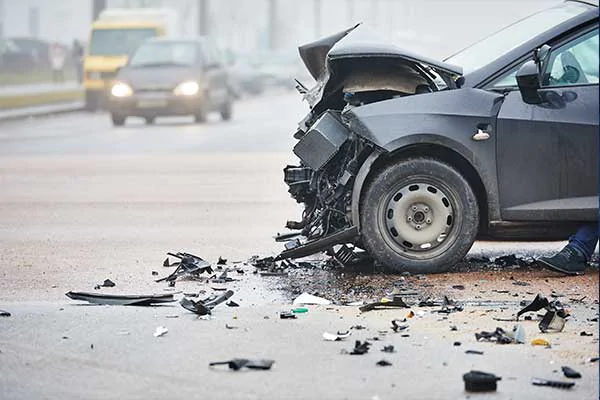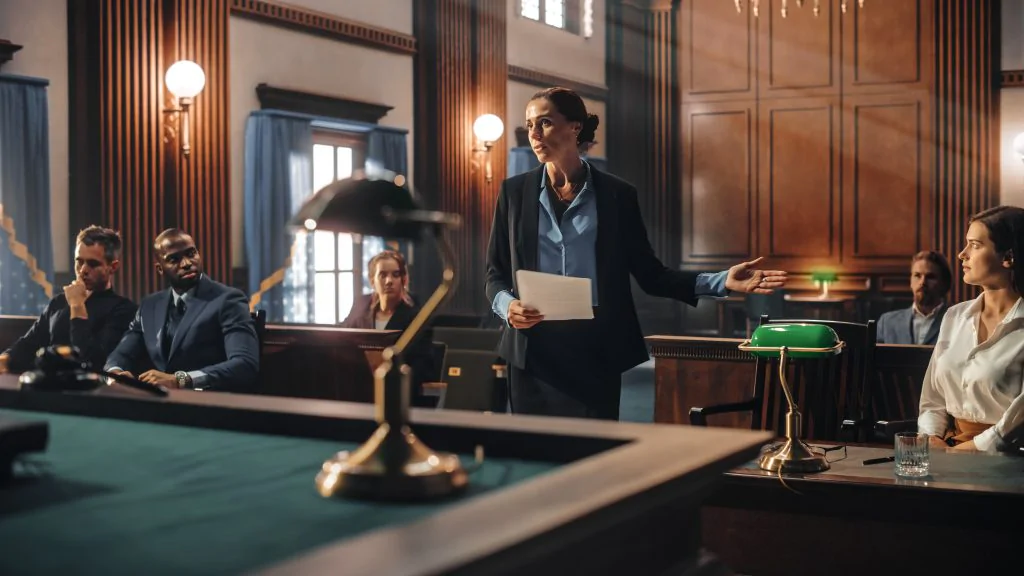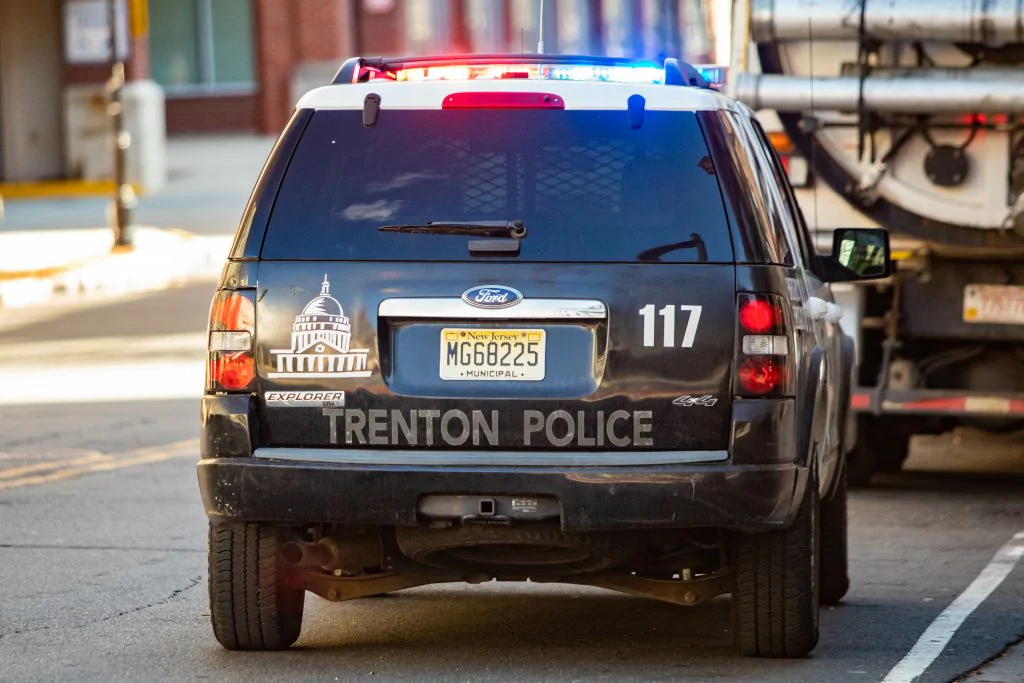After an auto accident, it is imperative for drivers to protect their safety, report the accident, gather documentation and consider seeking legal advice.
Many New Yorkers may think that their likelihood of experiencing a car accident is low. However, these accidents affect hundreds of people in New York in the course of an average day. In 2014 alone, 299,452 crashes occurred, and this number only reflects the accidents that motorists chose to report to authorities.
Unfortunately, drivers who are not prepared for a minor or more serious auto accident may make mistakes that undermine their safety or legal rights. It’s advisable for drivers to be prepared to protect their interests by taking as many of the following steps as possible after an accident.
1. Seek safety and medical attention
The Huffington Post states that drivers should move their vehicles out of traffic after an accident if doing so is safe. Some drivers worry that they will disturb evidence of the crash by moving their vehicles. However, reducing the risk of other accidents takes higher priority than preserving evidence.
After moving to a safer location, drivers should assess their own condition and that of any passengers. Drivers should call 911 to report any injuries that demand immediate medical attention. Drivers should also note any symptoms of less obvious injuries, such as traumatic brain injuries, that are sometimes overlooked after accidents.
2. Contact police and insurers
Next, drivers should notify authorities of the accident. Drivers who are tempted to skip reporting the accident should remember that direct deals with other motorists can be risky. Drivers who don’t report accidents may ultimately be left without recourse for property damage or injuries. Furthermore, according to the New York State Department of Motor Vehicles, drivers in the state are legally required to report accidents that involve any of the following:
- Death
- Personal injury
- Property damage worth over $1,001
Drivers should also make sure to promptly report accidents to their auto insurance providers. This helps ensure that any future claims aren’t denied on the basis of the accident not being reported in due time.
3. Gather up evidence
U.S. News advises drivers to capture as much evidence of the accident and the surrounding circumstances as possible. Drivers may want to take photos of vehicle damage and any other visible evidence. Drivers also may benefit from speaking to potential witnesses and taking down their contact information.
Before leaving the scene, drivers should make sure that they have exchanged all relevant information with the other involved parties. This includes personal contact information, vehicle descriptions and insurance policy information.
4. Get a second opinion
Finally, if another driver caused an accident that resulted in serious or long-term injuries, victims may want to consider speaking with an attorney. An attorney may be able to evaluate whether a person has grounds to make a personal injury claim against the other driver. Additionally, an attorney may be able to advise a person on meeting evidentiary standards, legal deadlines and other requirements during the claim process.




